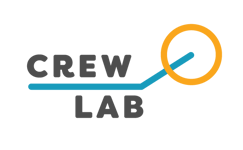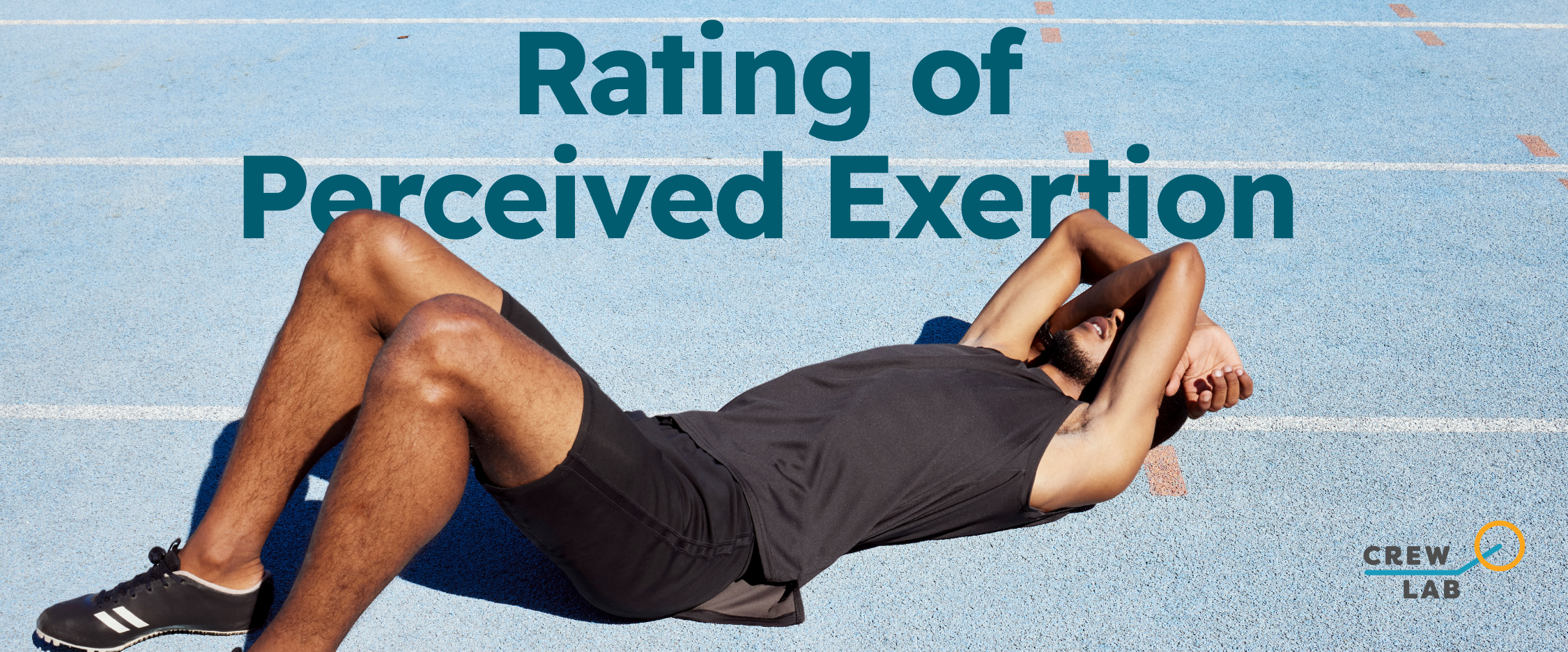Endurance sports require more than just hard work—they demand smart training management to balance effort and recovery for long-term performance gains. Whether you’re rowing, running, or swimming, top coaches and athletes rely on different methods to track training load and prevent overtraining. From heart rate and lactate testing to advanced metrics like Training Stress Score (TSS) and Heart Rate Variability (HRV), there’s no shortage of tools available. But when it comes to the most adaptable, effective, and practical method, one metric stands above the rest: Rating of Perceived Exertion (RPE).
Backed by both research and real-world success, RPE offers an accessible, low-cost, and athlete-centered approach to managing training loads.
What is RPE?
Rating of Perceived Exertion (RPE) is a simple but powerful way to measure training intensity. Athletes rate how hard a workout feels on a scale from 1 to 10, with 1 being extremely easy and 10 being maximum effort. Unlike heart rate or lactate levels, RPE captures the athlete's personal experience, factoring in physical and mental fatigue, stress, and environmental conditions.
Overview of Load Monitoring Methods
Heart Rate (HR)
Heart rate tracking is a staple in endurance sports, offering insights into cardiovascular response. However, HR can be influenced by external factors like heat, stress, and hydration, making it an inconsistent sole indicator (Buchheit et al., 2007).
Lactate Concentration
Measuring blood lactate levels provides precise data on anaerobic thresholds and fatigue, but it requires invasive sampling and lab conditions, making it impractical for regular use (Faude et al., 2009).
Heart Rate Variability (HRV)
HRV reflects recovery and nervous system function but is highly sensitive to factors like sleep and stress, making it unreliable for day-to-day team use (Plews et al., 2013).
Training Stress Score (TSS) & Training Impulse (TRIMP)
These models calculate training load using HR and intensity. While valuable, they require specialized software and external sensors, which limits their practicality for large teams (Seiler, 2010).
Sessional RPE (s-RPE)
Unlike physiological data, s-RPE measures how hard a workout feels to the athlete. Studies show that s-RPE correlates well with HR-based and lactate-based models while requiring no equipment (Foster et al., 2001).
| Method | Strengths | Weaknesses |
|---|---|---|
| HR & HRV | Objective, data-driven | Easily influenced by external factors |
| Lactate Testing | Highly accurate | Invasive, impractical for frequent use |
| TSS & TRIMP | Data-rich insights | Complex, relies on sensors and software |
| s-RPE | Simple, accessible, and proven effective | Relies on athlete honesty |
Why RPE is the Best Option for Teams
- RPE stands out because of its simplicity and effectiveness:
- No sensors, no gadgets—just a straightforward scale.
- Works across all endurance sports, from rowing to running to swimming.
- Backed by research and proven to align with performance outcomes (Foster et al., 2001).
How CrewLAB Makes RPE Easy
Managing training load shouldn’t be complicated—and with CrewLAB, it’s not. When you log a workout in CrewLAB, you’ll see a simple RPE scale right there.

Just rate your effort on the scale, and CrewLAB takes care of the rest. That RPE score is combined with other training and wellness data to calculate your athlete load management graph. This gives coaches and athletes real-time insights into training stress and recovery, helping prevent overtraining and optimize performance.
CrewLAB makes it easy to gather consistent RPE data across the whole team—no sensors, no complicated software—just meaningful insights that drive better training decisions.

